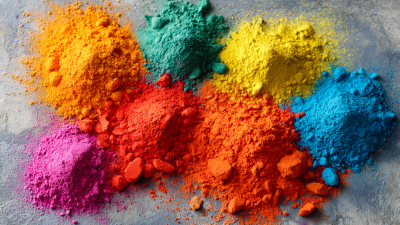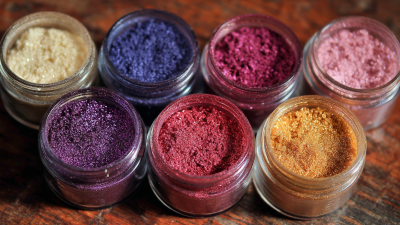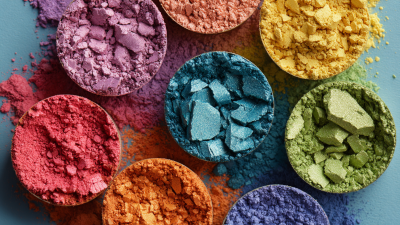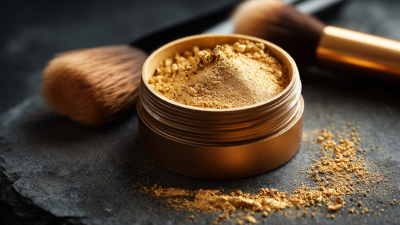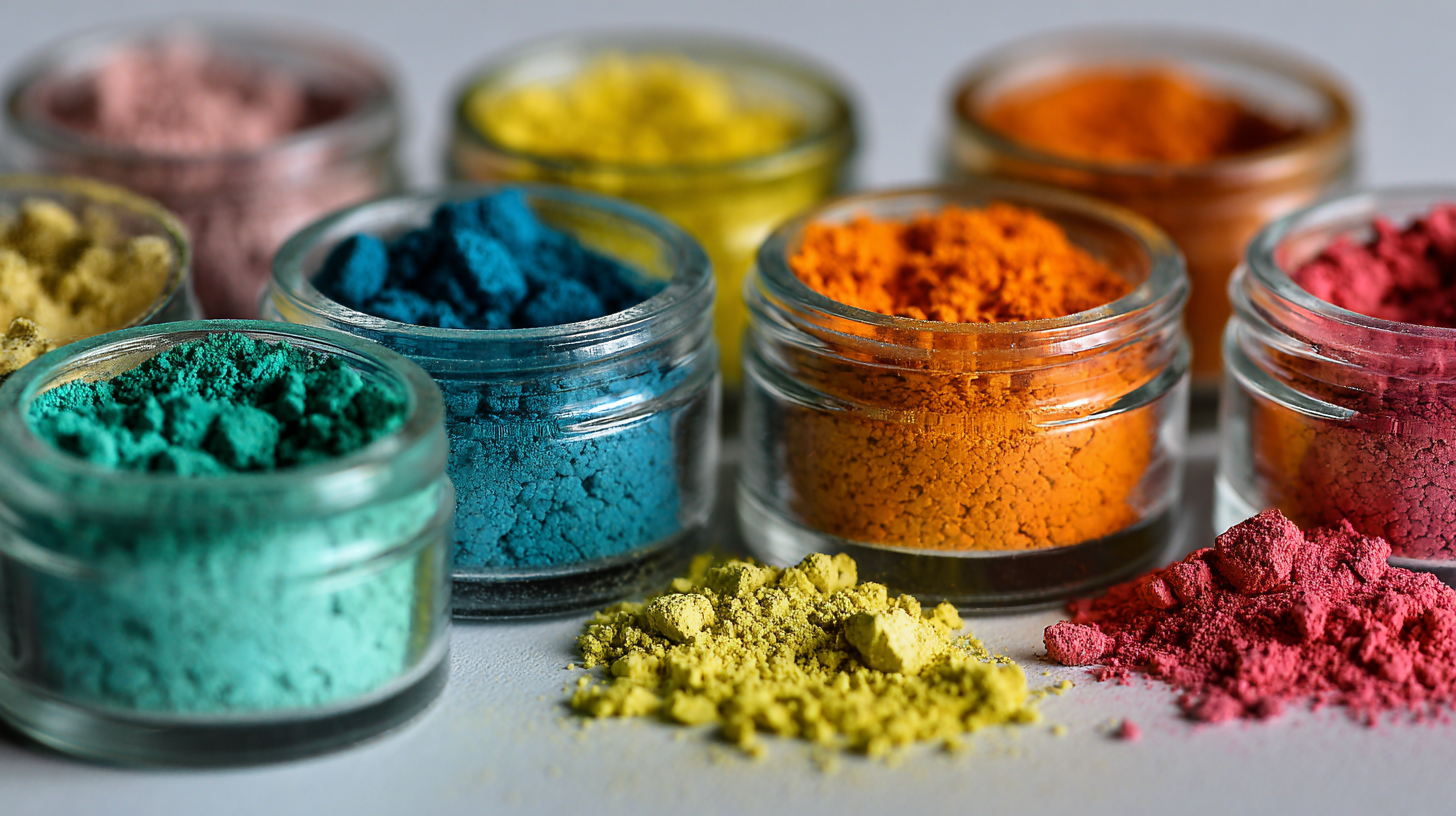 Pigment Powder for Epoxy coatings has become an essential component in various industries, including construction, automotive, and arts & crafts, due to its ability to enhance aesthetic appeal and provide durability. According to a report by the Global Market Insights, the epoxy coatings market is expected to exceed $25 billion by 2025, driven by the growing demand for high-performance coatings in both residential and commercial applications. Effective use of pigment powder can significantly impact the final appearance and longevity of the coating, making it crucial for professionals and DIY enthusiasts alike to understand the best practices for incorporation. By mastering the techniques of using Pigment Powder for Epoxy, users can achieve vibrant color saturation, improved UV resistance, and a smoother finish, while also meeting industry standards for performance and longevity. This guide aims to provide a comprehensive overview of the effective application of pigment powder in epoxy coatings to achieve optimal results in your projects.
Pigment Powder for Epoxy coatings has become an essential component in various industries, including construction, automotive, and arts & crafts, due to its ability to enhance aesthetic appeal and provide durability. According to a report by the Global Market Insights, the epoxy coatings market is expected to exceed $25 billion by 2025, driven by the growing demand for high-performance coatings in both residential and commercial applications. Effective use of pigment powder can significantly impact the final appearance and longevity of the coating, making it crucial for professionals and DIY enthusiasts alike to understand the best practices for incorporation. By mastering the techniques of using Pigment Powder for Epoxy, users can achieve vibrant color saturation, improved UV resistance, and a smoother finish, while also meeting industry standards for performance and longevity. This guide aims to provide a comprehensive overview of the effective application of pigment powder in epoxy coatings to achieve optimal results in your projects.
When choosing the right pigment powder for your epoxy coating needs, it's essential to consider several factors that will affect both aesthetics and performance. The type of pigment powder you select can significantly influence the final appearance of your project. For instance, metallic and iridescent pigments can create striking visual effects, enhancing the depth and luminosity of your coatings. These pigments, typically available in a range of colors, can add dimension and sophistication to surfaces, making your creations stand out.
Additionally, it's important to match the pigment with the specific epoxy resin you are using. Some pigments are designed to be compatible with particular types of resins and may affect attributes like curing time and durability. Always look out for pigment powders that provide excellent dispersion and stability within the resin matrix. Testing a small batch can help you evaluate how well the pigment integrates and performs in your epoxy formulation, ensuring that your final result meets both your aesthetic and functional expectations.
| Pigment Type | Color Appearance | Light Fastness | Mixing Ratio (by weight) | Typical Applications |
|---|---|---|---|---|
| Titanium Dioxide | Bright White | Excellent | 5-10% | Industrial Coatings |
| Iron Oxide Red | Deep Red | Good | 3-8% | Concrete Stains |
| Ultramarine Blue | Vibrant Blue | Excellent | 5-12% | Decorative Coatings |
| Phthalo Green | Intense Green | Excellent | 4-10% | Artistic Epoxy Projects |
| Mica Powders | Pearlescent | Good | 2-6% | Jewelry & Crafts |
When preparing your epoxy mixture for optimal pigment incorporation, it’s essential to select high-quality pigments that not only enhance aesthetics but also provide durability.
Recent studies have highlighted the benefits of using nanoparticles, such as zinc and copper oxide, known for their heat and corrosion resistance when integrated into paint formulations.
These innovative pigments, particularly when synthesized through eco-friendly methods, can significantly bolster the lifespan and effectiveness of your epoxy coatings.
Tips for effective pigment incorporation involve several key practices.
First, ensure that your pigments are well-ground and free of clumps before mixing them into the epoxy resin. This promotes an even distribution, resulting in a uniform finish. Additionally, gradually add the pigment to the epoxy mixture while stirring continuously to avoid any settling. This method allows for better control over color intensity and ensures that the pigments are properly incorporated throughout the mixture.
Lastly, consider conducting small test batches to achieve your desired color and sheen without wasting materials.
When working with pigment powder in epoxy coatings, achieving an even distribution is key to a visually appealing finish. One effective technique is to mix the pigment powder with a small amount of epoxy resin before adding the rest of the epoxy mix. This pre-mixing helps to break up clumps and ensures that the color is uniform throughout the coating.
Tips for distribution include using a paint mixer attachment on a power drill to blend the pigment thoroughly. This method minimizes air bubbles and maximizes the saturation of color. Additionally, it’s crucial to measure your pigment accurately; typically, a ratio of 10% pigment to resin by weight yields excellent results.
Another useful technique is to pour the mixed pigment directly onto the surface rather than mixing it into the entire batch. This approach allows for controlled spread and can create interesting effects if you’re looking for gradients or patterns in your design. Layering different colors can achieve stunning results, so don’t hesitate to experiment with various combinations for unique finishes.
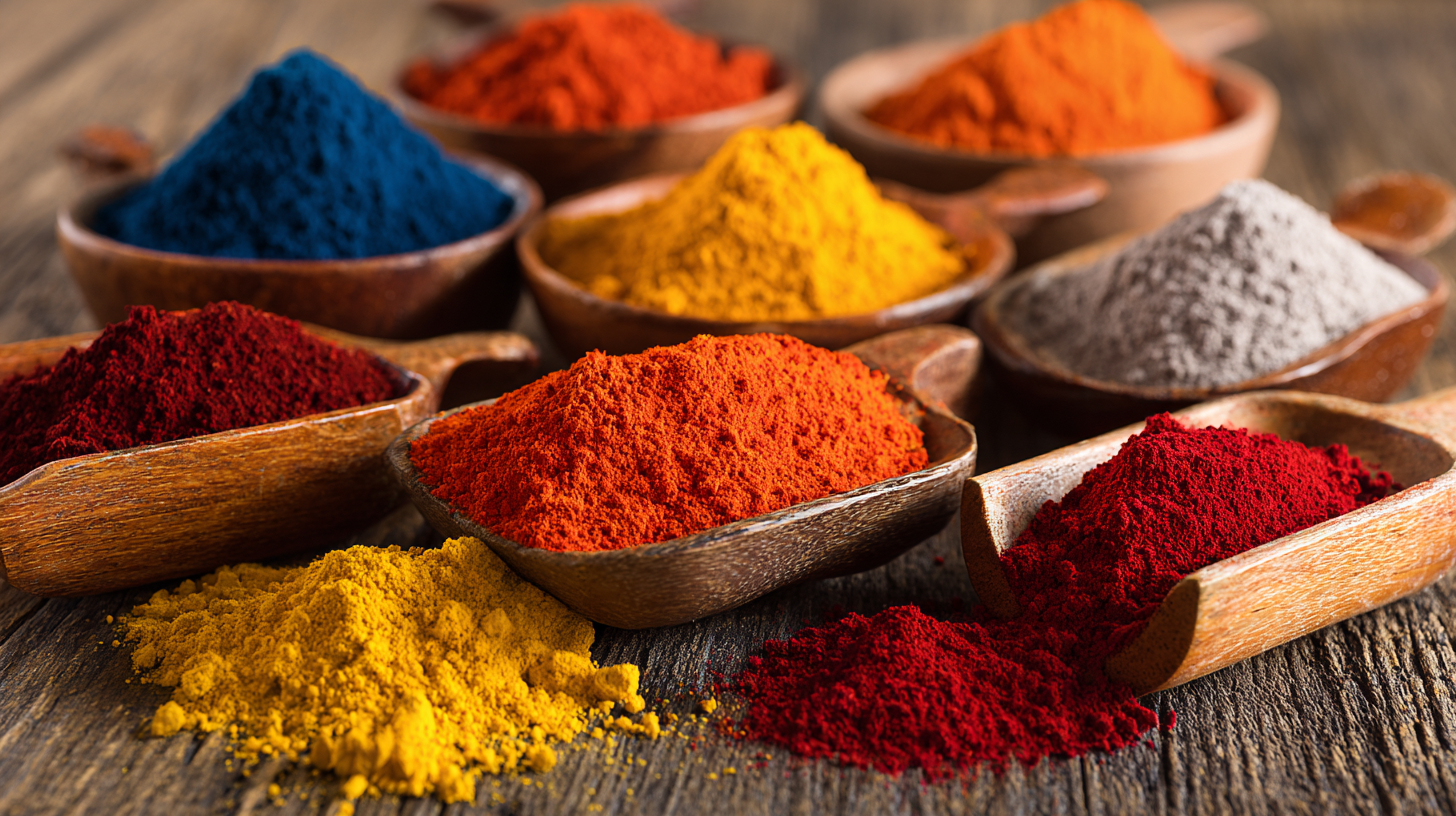
When working with epoxy coatings, achieving vibrant colors and a consistent finish can greatly enhance the appeal of your project. The use of pigment powder is essential in this process, but applying it effectively requires some consideration. Here are a few tips to help you maximize the potential of pigment powder.
First, always pre-mix your pigment powder with a small amount of epoxy resin before adding it to the larger batch. This technique ensures that the pigments are evenly distributed, preventing clumps and fostering a more uniform color throughout the coating. Additionally, use a high-quality, fine-particle pigment for the most vivid and consistent results. The particle size influences the opacity and brilliance of the color, so opt for pigment powders specifically designed for epoxy applications.
Another key tip is to be mindful of the mixing time and speed once the pigment is added. Stirring too vigorously can introduce bubbles into the mixture, which may affect the final finish. Instead, mix gently with a spatula or a slow-speed mixer, allowing the color to blend seamlessly without compromising clarity. Always test your color combination on a small surface before proceeding with the entire project, as this helps to preview the final look and make necessary adjustments.
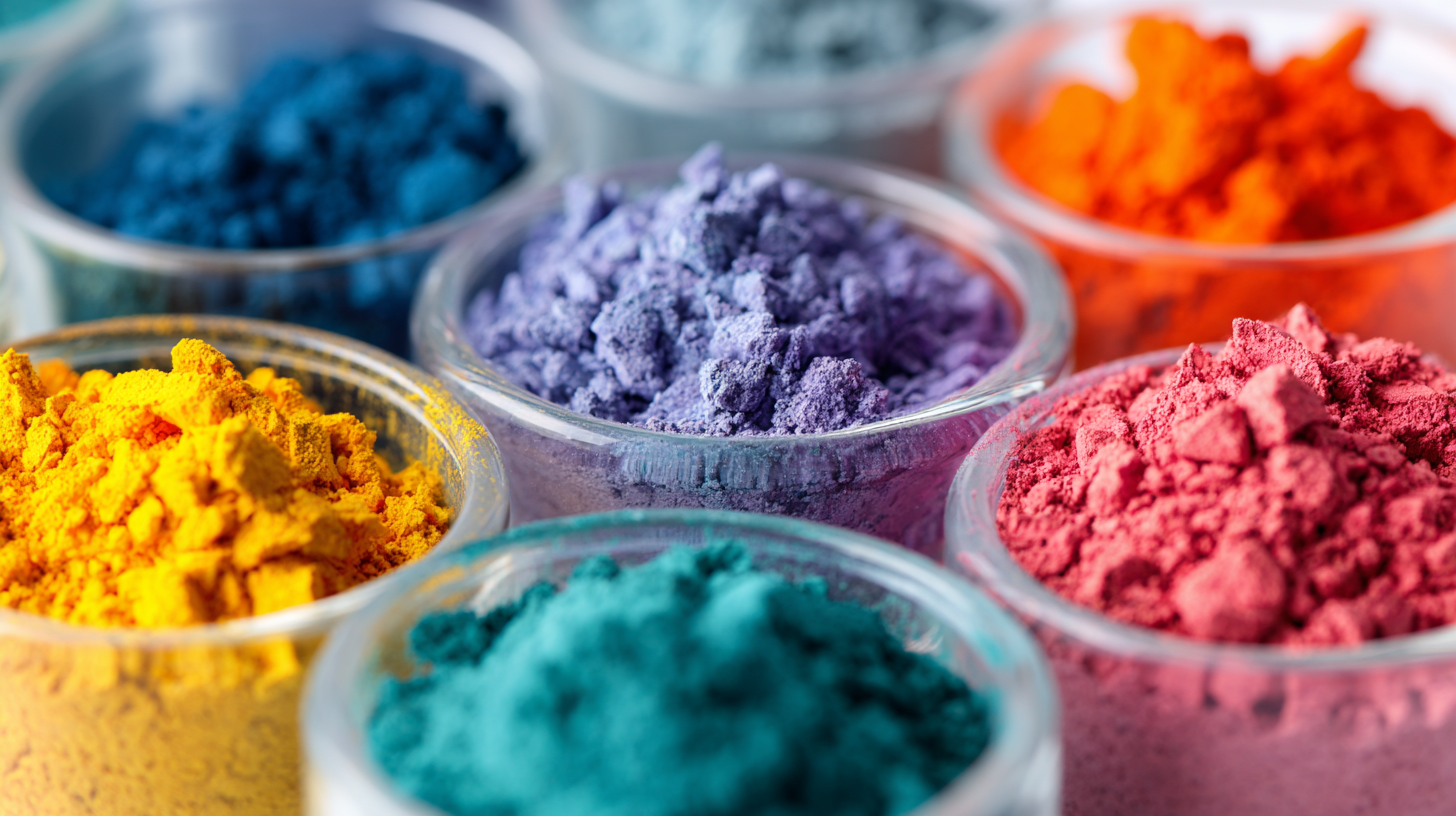
When incorporating pigment powder into epoxy coatings, it's essential to be aware of common issues that may arise during application. One of the most frequent problems is color consistency. According to a report by the National Association of Manufacturers, about 35% of professionals in the coatings industry have reported difficulties in achieving the desired shade due to improper mixing techniques. Ensuring thorough dispersion of pigment powder in the epoxy resin is crucial; this can be accomplished by using a high-speed mixer or a mechanical stirrer to break down clumps and achieve an even distribution of color.
Another prevalent issue is the impact on cure time and adhesion. Research indicates that adding high levels of pigment can alter the viscosity of the epoxy, potentially leading to longer cure times. A study published by the American Coatings Association found that excessive pigment can not only slow down the curing process but also compromise the adhesion properties of the final product. It's advisable to adhere to manufacturer guidelines regarding pigment load and conduct small test batches to evaluate the effects before full-scale application, thereby minimizing potential setbacks in your projects.
